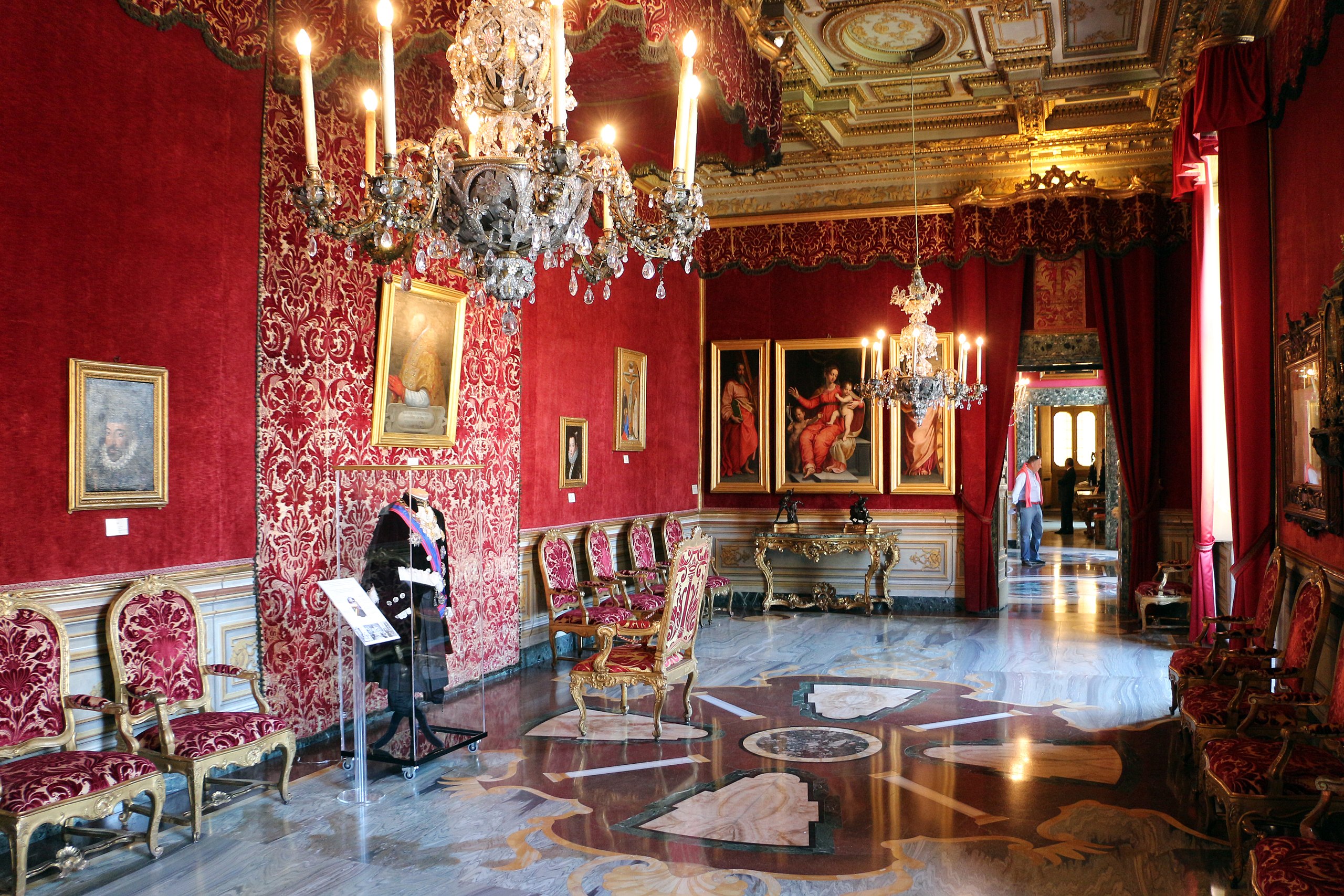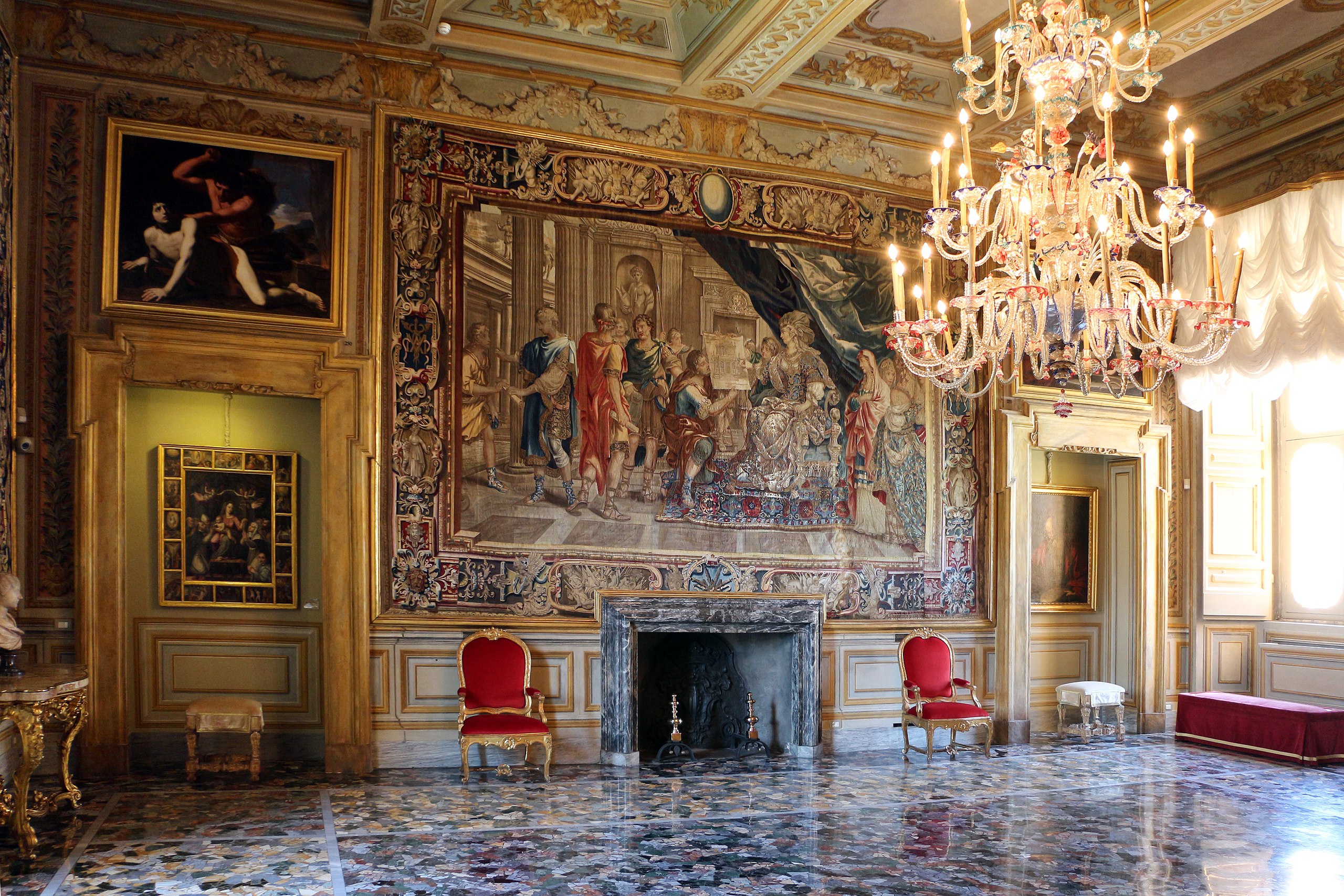The Palazzo Colonna in Rome is a stunning example of Baroque architecture and a treasure trove of art and history. This grand palace, still owned by the aristocratic Colonna family, offers visitors a glimpse into the opulent world of Roman nobility.
With its magnificent art gallery, lavishly decorated rooms, and beautiful gardens, a visit to Palazzo Colonna is a journey through centuries of Italian art and history.
The Palazzo Colonna Architectural and Historical Overview

Construction of Palazzo Colonna began in the 14th century and spanned several centuries, with significant contributions from numerous renowned architects and artists. The architecture of the palace reflects a blend of different styles, primarily Baroque, with some Renaissance influences.
Key architects involved in its development include Girolamo Rainaldi, Gian Lorenzo Bernini, and Carlo Fontana.
Interior and Art Collection
The interior of the Palazzo Colonna is a testament to the wealth and taste of the Colonna family. It features grand halls, lavishly decorated rooms, and an extensive collection of artworks, including paintings, sculptures, and tapestries. The Great Hall, or “Galleria Colonna” is one of the most impressive spaces in the palace.
This gallery, completed in the 17th century, is adorned with frescoes, gilded stucco work, and an array of masterpieces by artists such as Guido Reni, Annibale Carracci, and Salvator Rosa.
Significant Rooms and Features

- The Great Hall (Galleria Colonna): This is the centerpiece of the palace, known for its opulent decorations and significant art collection. The hall is a grandiose space, designed to impress visitors with its size and splendor.
- The Chapel: The private chapel of the Colonna family is another notable feature, decorated with intricate frescoes and housing important religious artifacts.
- The Apartments: The private apartments of the Colonna family are equally impressive, featuring period furniture, ornate ceilings, and personal collections of art and memorabilia.
Tips for Visiting the Palazzo Colonna

- Check the official website for opening days and hours, as the palace is not open every day. The Galleria Colonna is typically open only on Saturday mornings.
- Purchase tickets online in advance to avoid queues, especially during peak season.
- Allow at least 1-2 hours to explore the Galleria Colonna thoroughly. Book guided tours is good choice
- Combine your visit with other attractions in the area, such as the Trevi Fountain or the Pantheon, which are within walking distance.
- The Palazzo Colonna is located in central Rome and is easily accessible by public transport.
Location
The Palazzo Colonna is located at Piazza SS. Apostoli, 66, 00187 Roma, Italy, at the base of the Quirinal Hill.
It’s conveniently situated near Piazza Venezia, making it easily accessible for visitors exploring central Rome.
The Palazzo Colonna Tickets

The Palazzo Colonna offers different ticket options depending on the day and type of visit:
- Saturday Morning (Via della Pilotta, 17): The palace is open to the public from 9:30 AM to 1:15 PM (last admission). Tickets cost €15 for a short itinerary (Gallery, Pio Apartment, and gardens) and €25 for a full itinerary (Gallery, Pio Apartment, Princess Isabelle Apartment, and gardens).
- Friday Morning (Piazza SS. Apostoli, 66): The palace is open from 9:30 AM to 1:30 PM. Guided tours are available upon reservation in Italian, English, French, and Spanish.
- Private Visits: Private visits can be arranged every day of the year, with entrance from Piazza SS. Apostoli, 66. Prices vary based on the apartments visited and the duration of the tour.
Opening Time

- Friday and Saturday Morning: The palace opens at 9:30 AM and closes at 1:30 PM.
- Saturday Afternoon: Private visits are available from 3:00 PM onwards.
- Sunday to Thursday: Private visits can be arranged throughout the day.
For more information or to book tickets, you can visit the official website of the Galleria Colonna or contact them at +39 06 678 4350.
Historical Events

The Palazzo Colonna has been the site of numerous historical events. One of the most notable is the Battle of Lepanto in 1571, a naval engagement in which the Colonna family played a significant role.
Marcantonio Colonna, a member of the family, was a commander in the battle, and his victory is celebrated in the palace’s artwork and decoration.
The Gardens
The palace is also renowned for its beautiful gardens, offering a tranquil escape from the bustling city. Designed in the classical Italian style, the gardens feature manicured lawns, sculpted hedges, and fountains, providing a picturesque backdrop that enhances the palace’s overall grandeur.They provide a picturesque backdrop to the palace and enhance its overall grandeur.
Accessibility
Today parts of the Palazzo Colonna are open to the public, offering visitors a glimpse into the opulent lifestyle of one of Rome’s most influential noble families. The palace remains a private residence of the Colonna family, who continue to maintain its historical legacy and artistic treasures.
Why Visit the Palazzo Colonna?

The Palazzo Colonna stands as a remarkable example of Roman aristocratic grandeur, combining architectural beauty, historical significance, and an impressive art collection. Its enduring legacy and continued preservation by the Colonna family make it a significant cultural and historical landmark in Rome in Italy.
- Baroque Splendor: Admire one of Rome’s finest examples of Baroque architecture and interior design.
- World-Class Art Collection: See masterpieces by renowned Italian and European artists.
- Historical Significance: Experience a tangible connection to Roman history and the lives of Roman nobility.
- Off-the-Beaten-Path Gem: While well-known, the Palazzo Colonna can feel less crowded than some of Rome’s more famous attractions, offering a more intimate experience.
Have you visited the Palazzo Colonna? Share your experiences in the comments below!









0 Comment